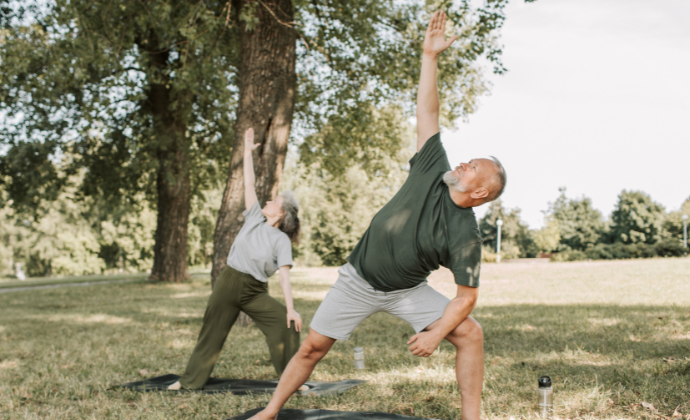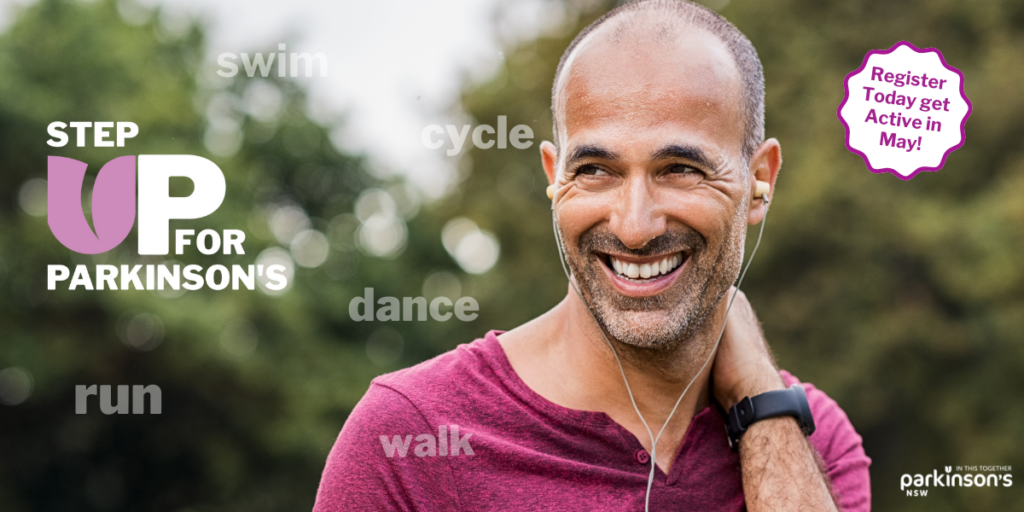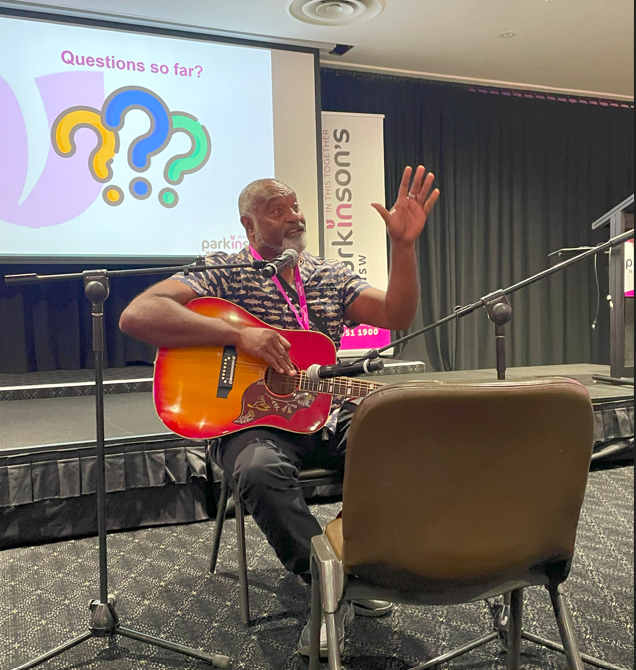Benefits of Exercise for Everyone
| Potential Ageing Health Issues | Exercise Benefit |
| High blood pressure | Lower blood pressure |
| High cholesterol levels | Lower cholesterol levels |
| Heart disease | Less heart disease |
| Type 2 Diabetes | Managed or no Type 2 Diabetes |
| Increased weight | Healthy weight |
| Osteoporosis | Less impact of Osteoporosis |
| Cancers | Lower incidence of cancers |
| Depression & anxiety | Less depression & anxiety |
| Confidence | Increased confidence |
| Memory | Improved memory |
If you are living with Parkinson’s, you’ll receive even more benefits from being active and exercising.
| Symptom (Exercise) | Benefit |
| Tremor (cardiovascular) | Reduced tremor |
| Rigidity (flexibility/stretching) | Reduced stiffness and easier movement |
| Akinesia/Bradykinesia (all exercise) | Improved walking with fewer falls |
| Posture (strength, stretch) | Improved posture and balance |
| Sleep Difficulties (cardio, strength) | Improved sleep and blood flow |
| Constipation (cardio) | Improved circulation |
| Fatigue (cardio, strength, flex) | Improved blood flow, oxygen, and energy |
| Depression (cardio, strength, flex) | More dopamine and endorphins |
| Anxiety (cardio, strength, flexibility) | Improved endorphin release |
| Apathy (cardio, Strength, Flexibility) | Improved blood flow, oxygen, and energy |
Cardiovascular work is anything that makes you puff and will have a positive effect on your Parkinson’s symptoms. Plus, it keeps you healthier, so you don’t have to deal with other health issues on top of your Parkinson’s.
Strength exercises will assist with your posture, stamina, balance, self-esteem, sleep, anxiety, and core control. Your muscles may feel exercised, but you shouldn’t experience any sharp pain. Consult your doctor or exercise professional if you do.
Strength exercises will assist with your posture, stamina, balance, self-esteem, sleep, anxiety, and core control. Your muscles may feel exercised, but you shouldn’t experience any sharp pain. Consult your doctor or exercise professional if you do
Flexibility will help with stiffness, rigidity, pain, sleep, posture, balance, core control. Muscles need to feel the stretch and minor discomfort, but no pain.
Speed and agility training will help to fight freezing of movement and the physical slowness of Parkinson’s.
Parkinson’s needs a variety of exercise to target the variety of symptoms. So get up out of your bed or chair and start puffing.
Walk to the letter box, the shops, the park, the gym, or wherever. Build your level up. Maybe you start at 30 seconds of activity and build to one minute – whatever you can manage each day – until you eventually make 30 minutes of puffing.
If you need help, ask a friend, your partner, a physiotherapist, or personal trainer. You can also call the Parkinson’s NSW InfoLine on 1800 644 189 for advice and recommendations on exercise professionals.
Also, make sure to do what you enjoy. Play golf or tennis, walk, swim, go to the gym or have an active social life – or all of the above.
Being active keeps you healthy and enables you to improve your quality of life.
By doing more you will be able to do more.






